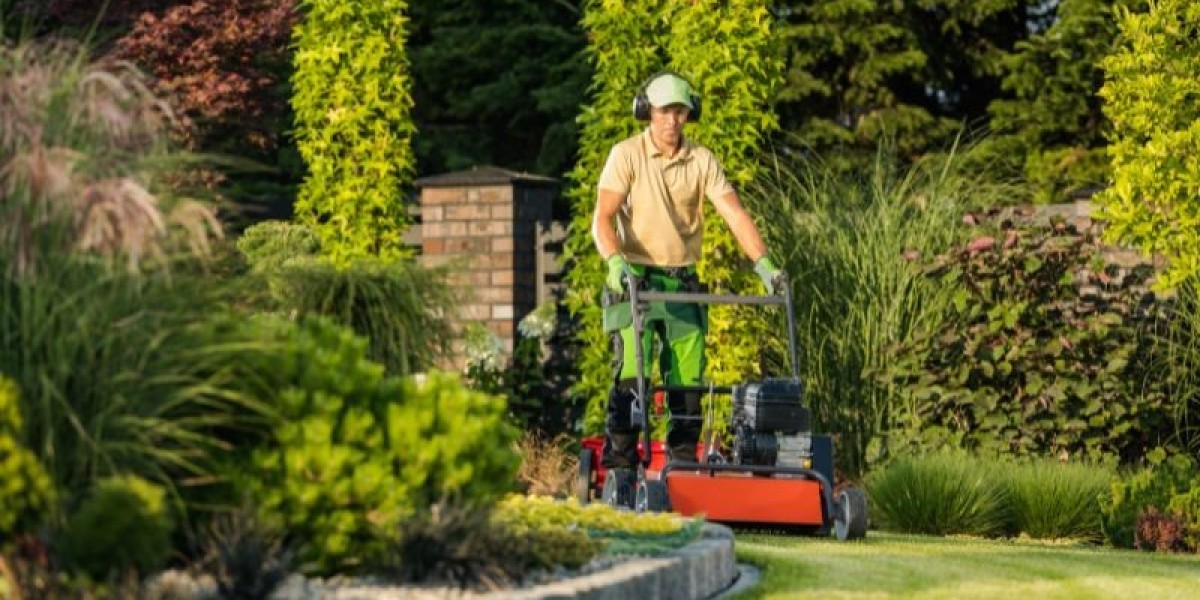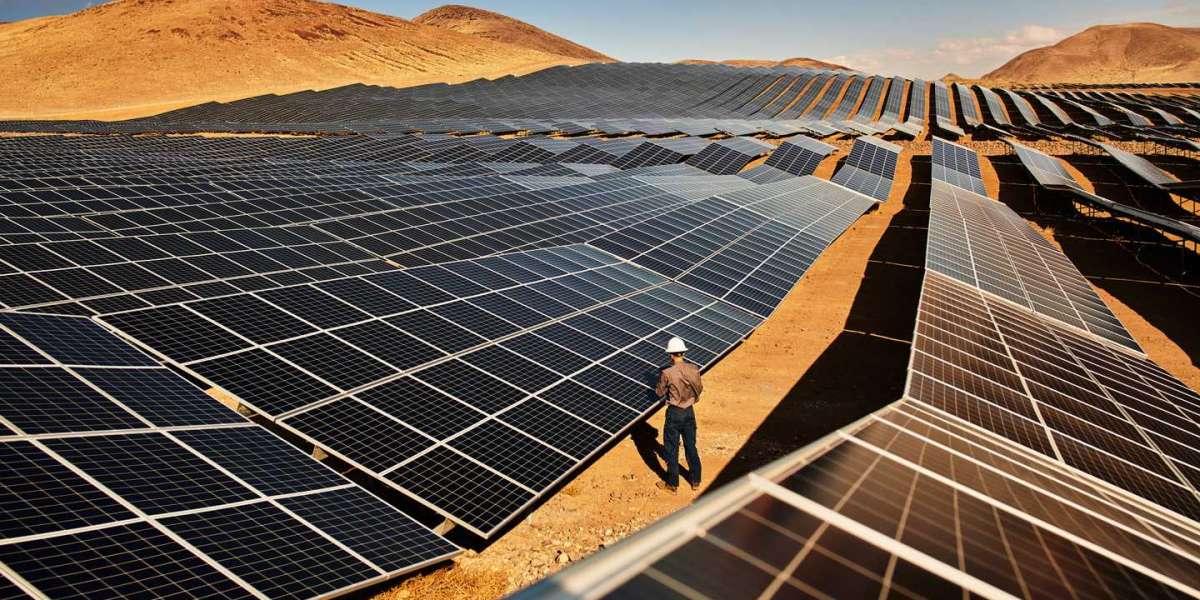As we face challenges like climate change and water shortages, people are searching for ways to create beautiful landscapes that are also environmentally friendly. Water-efficient landscaping is one great solution for homeowners who want a stunning yard while also being mindful of their water use. Let’s dive into some practical tips to help make your yard not only greener in color but also in practice.
What is Water-Efficient Landscaping?
Water-efficient landscaping is a design approach that focuses on reducing water usage while still maintaining a healthy, beautiful yard. This method uses techniques like choosing drought-tolerant plants, efficient watering systems, and smart landscape planning to cut down on water waste. These landscapes can look just as lush and inviting as traditional yards, but they require far less water to stay that way.
Benefits of Water-Efficient Landscaping
- Save Water: With the right setup, you can drastically reduce the amount of water your yard needs, which helps conserve this precious resource.
- Lower Water Bills: Using less water for your landscape means lower utility costs. Over time, these savings really add up.
- Less Maintenance: Water-efficient plants and designs often need less maintenance, giving you more time to enjoy your yard instead of working on it.
- Eco-Friendly: This type of landscaping supports local ecosystems by using native plants and reducing the strain on the environment.
Key Water-Efficient Landscaping Techniques
1. Work with Local Landscape Designers
One of the best ways to achieve a water-efficient yard is by working with local landscape designers. These professionals know what plants thrive in your area and can create a customized plan to reduce water usage. Local landscape designers have experience with the specific climate and soil conditions in your region, which means they can suggest the most effective strategies for water conservation.
By hiring a designer familiar with your local environment, you’ll get expert advice on everything from plant selection to irrigation systems. Plus, they can help you design a layout that enhances the natural beauty of your yard without excessive water use.
2. Choose Native and Drought-Tolerant Plants
One of the simplest ways to make your landscape more water-efficient is to choose plants that don’t require a lot of water to survive. Native plants, or plants that naturally grow in your region, are an excellent choice because they’ve adapted to the local climate. They’re used to the amount of rainfall and can often thrive with very little extra water.
Drought-tolerant plants, like succulents or lavender, are another great option. These plants are designed to hold water and survive in dry conditions. By filling your yard with these types of plants, you can reduce the need for constant watering.
3. Efficient Irrigation Systems
A well-planned irrigation system can make all the difference when it comes to saving water. Instead of traditional sprinklers, which can waste a lot of water, consider drip irrigation. This system delivers water directly to the base of your plants, ensuring that very little is wasted through evaporation or runoff.
Smart irrigation systems are also gaining popularity. These systems can be programmed to water your plants at the most effective times of the day, like early morning or late evening, when less water is lost to heat. Some systems even adjust the amount of water based on the weather!
4. Use Mulch to Retain Moisture
Mulching is a simple yet highly effective way to keep moisture in the soil. By spreading a layer of mulch around your plants, you help to prevent water from evaporating too quickly. This means your plants need less frequent watering, and the soil stays cool and moist longer.
Mulch can also improve the overall health of your plants by preventing weed growth and adding nutrients back into the soil as it breaks down. Organic mulch, like wood chips or leaves, works especially well for water-efficient landscapes.
5. Rainwater Harvesting
Why let all that free rainwater go to waste? Rainwater harvesting is a great way to collect water and reuse it in your yard. You can set up rain barrels to capture water from your gutters, and then use that water to irrigate your garden or lawn. It’s a simple system that can provide a sustainable water source for your yard, especially during dry months.
How to Find the Right Local Landscape Designer
Finding the right local landscape designer can make all the difference when it comes to creating a water-efficient yard. Here are some tips to help you pick the best designer for your needs:
Research Designers in Your Area: Look for designers who specialize in sustainable landscaping or who have experience working with native plants. Online reviews, portfolios, and word-of-mouth recommendations can be a good starting point.
Ask About Their Experience with Water Conservation: Not all landscape designers focus on water-efficient solutions, so it’s important to ask upfront about their experience with water-wise landscaping.
Get a Customized Plan: Every yard is different, so make sure your designer provides a tailored plan that fits your unique space, budget, and water-saving goals.
Check for Certifications: Some landscape designers have certifications in sustainable practices or water conservation techniques. These credentials can give you added confidence that they’re knowledgeable about creating eco-friendly landscapes.
FAQs
How much water can I save with water-efficient landscaping?
Depending on the techniques you use, water-efficient landscaping can reduce outdoor water use by up to 50%. This can mean significant savings on your water bill and is great for the environment.
Do water-efficient landscapes still look nice?
Absolutely! With the right design, water-efficient landscapes can be just as beautiful and vibrant as traditional ones. In fact, many people find that they prefer the natural look of a sustainable yard.
Can I switch my existing yard to be more water-efficient?
Yes, you can transform your existing yard to be more water-efficient by replacing water-hungry plants with drought-tolerant varieties, upgrading your irrigation system, and incorporating mulch and rainwater harvesting.
Conclusion
Water-efficient landscaping is a smart choice for homeowners who want to save water, reduce their bills, and still have a beautiful yard. By working with local landscape designers, choosing the right plants, and using water-saving techniques like efficient irrigation and rainwater harvesting, you can create a yard that’s not only gorgeous but also good for the planet. Make the switch today, and enjoy a greener, more sustainable outdoor space!



